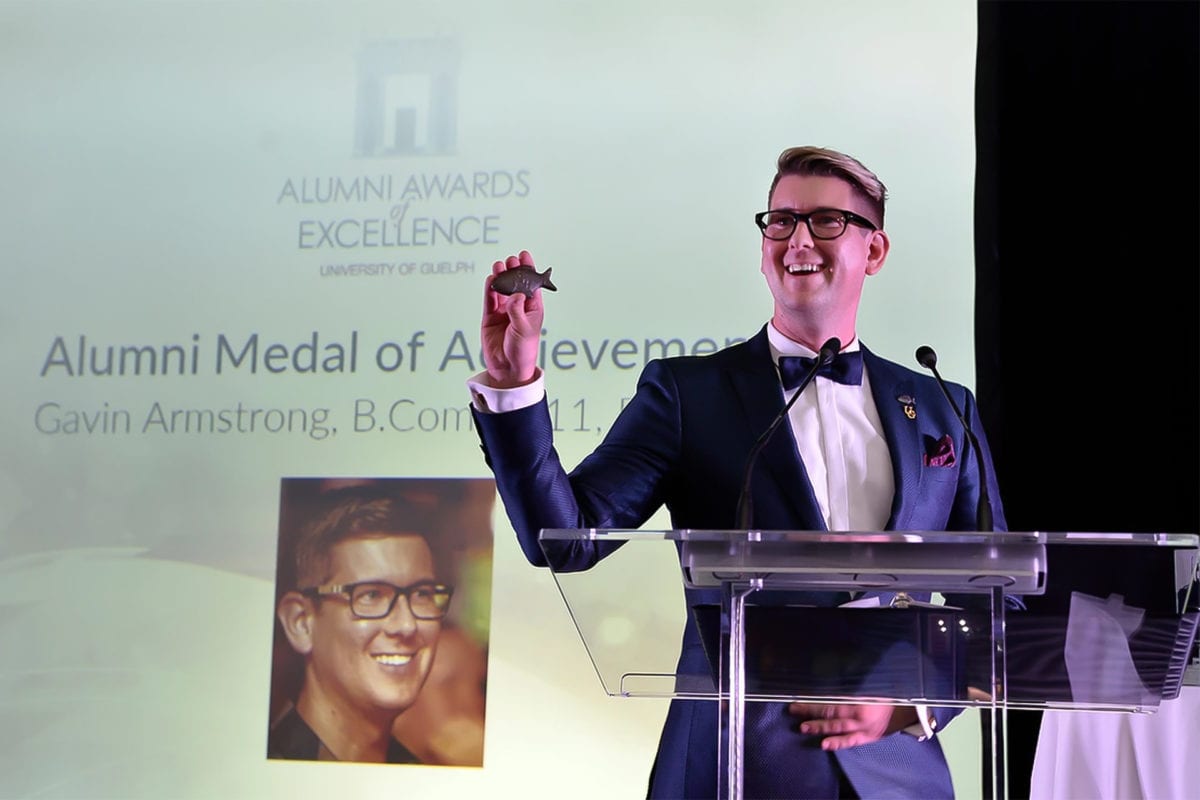The global COVID-19 pandemic made everyone question governance around the world. The biggest surprises were in the abilities of healthcare systems. As the world was brought to a standstill, a realization surfaced: we couldn’t go back to the old ways of solving public issues in the spheres of economy, infrastructure, healthcare, climate change, national security, or education.
According to Rachel Nuwer in her article on BBC Future, many governments today are still concerned with 19th century issues: when communication was pricey and data hard to collect, and when the typical response was the organization of government into hierarchically-structured, siloed departments performing specific functions such as security or justice. From her perspective (and countless others), an entrepreneurial approach to public problem-solving may hold the key to solving modern-day public issues. Let’s take a look at what some experts have to say about public entrepreneurship and the role of government employees as entrepreneurs.
Rowan Conway, director of Design and Innovation at the Royal Society for Arts (RSA), explains that the term “public entrepreneur” was coined by the Nobel Laureate and political theorist Elinor Ostrom in her 1965 PhD thesis, where she explained that those in government should run affairs by creating purpose-led enterprises. This is not to be likened to the “fail-fast” start-up credo popularized by the likes of Mark Zuckerberg but is more about fast learning by employing the testing, developing, and learning approach, Conway says. The notion of any kind of failing is hard to justify in government, given the scrutiny of voters.
In a similar vein, Harvard Business School professor Mitchell B. Weiss distinguishes “possibility government” from “probability government,” calling the former an approach to government where leaders in the public sphere are open to envisioning novel “possibilities” and experimenting. Probability governments, conversely, favour tried-and-tested processes to apply solutions to public problems, but produce mediocre results. He presents three principles that “possibility governments” harness: readiness to view problems as opportunities that can be solved in conjunction with the public; preparedness to try and experiment with solutions; and the ability to scale solutions.
Examples abound of innovation and experimentation to discover workable solutions. Street Bump is a project that enlists public help to improve roads, wherein volunteers use a specially designed app to report road conditions in their neighbourhoods, which enables governments to know where oversights exist in road infrastructure and channel their investments to the right places.
Then there is the still relatively new field of civic tech, that hopes to address climate change by relying on citizens to install sensors in their homes in order to gather data about the air quality they breathe and to provide governments with the information to construct air-quality maps.
Bloomberg’s Mayors’ Challenge has been around since 2013. In 2021, with 631 cities from around the world participating, its focus shifted to pitches for the most innovative urban solutions in the wake of the pandemic. Fifteen winning cities will gain the support from innovation and data experts, plus a million dollars to refine and implement their ideas.
The 50 entries that made the “first cut” were seeking funding for ideas such as:
- addressing the rising crime situation in Guadalajara, Mexico, through a citizen-safety technology portal that gathers real-time data for directing safety resources where they are needed most;
- building smart waste-disposal stations in Kigali, Rwanda, that deploy sensors to gain information improving waste collection, sanitation, and water hygiene;
- pushing for the adoption of electric vehicles (EVs) in Pune, India, to solve air pollution through a city-wide EV plan and a stimulus fund to encourage EV use.
Weiss also presents a scenario of a “probable versus possible” solution to the COVID-19 crisis. The probable response of governments was seen in going back to human contact tracing, opting for the obvious choice implemented during previous outbreaks of HIV, tuberculosis, SARS, and MERS. However, a major failing of contact tracing at the time of the Ebola crisis was revealed in its inability to scale quickly. Instead, using a possibility approach, if contact tracing had been digitalized (as it had been in Singapore) relying on apps running on Bluetooth technology, Weiss argues, the results could have been much different.
Author of The Entrepreneurial State: Debunking Public vs. Private Sector Myths, Mariana Mazzucato posits that while the private sector is traditionally hailed as the custodian of innovation and novelty, in the case of the iPhone, all of the “smart” technologies behind it — internet, GPS, Siri, and touch-screen display — were a surprising outcome of government-funded projects.
If public entrepreneurship holds so much potential, why hasn’t its impact been widespread? Weiss attributes this to the lack of government employees who can truly don the caps of public entrepreneurs. The tendency for most government employees is to gravitate toward administering, instead of thinking like entrepreneurs.
A possible solution is to train public entrepreneurs, teaching them to: embrace lean experimentation (admittedly, a scary proposition in government) through beta tests on the public; gauge responses through press and community involvement; avoid scaling too quickly or too slowly; adopt the principles of partnering with the public; and navigate press and public interest through effective storytelling, while not disclosing too much about the pivots the government is making.
While it may sound impossible, entrepreneurship is without doubt a coachable endeavour — given that governments around the world recognize the value in the entrepreneurial approach to solving public problems, but requires devoting resources and time to inculcating entrepreneurialism in future generations of government leaders.
Arslan Ahmed | Staff Writer




















